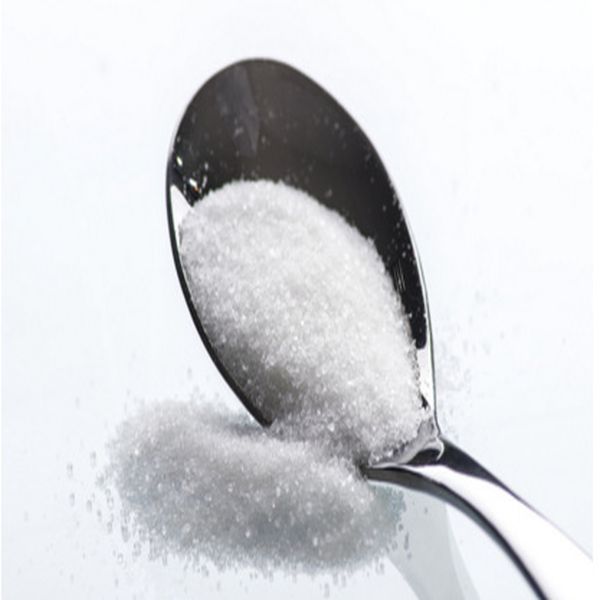Paracetamol belongs to acetanilide antipyretic analgesics. It was first synthesized by Morse in 1878 and was first used clinically by VonMering in 1893. It became an over-the-counter medicine in the United States in 1955, and China began production in the late 1950s. Its appearance is white crystal or crystalline powder, melting point 168 ~ 172 ℃, odorless, slightly bitter taste, soluble in hot water or ethanol, soluble in acetone, almost insoluble in cold water and petroleum ether. It is stable below 45 ℃, but if exposed to humid air, it will be hydrolyzed into p-aminophenol, and then further oxidized. The color will gradually change to pink, brown, and finally black, so it should be kept in a cool and dry place. Paracetamol acts as an antipyretic by inhibiting the hypothalamic body temperature regulating central prostaglandin synthesis, and its antipyretic effect intensity is similar to aspirin. It is produced by inhibiting the central nervous system prostaglandin synthesis and blocking the impulse of painful nerve endings The analgesic effect is weaker than aspirin. Compared with aspirin, it has the advantages of less irritation and rarely allergic reactions. The antipyretic and analgesic effect is similar to that of phenacetin. Because many countries restrict or prohibit the use of phenacetin To increase the application of acetaminophen. Clinically, it is mainly used for fever, headache and mild to moderate pain caused by colds, such as arthralgia, muscle pain, neuralgia, migraine, dysmenorrhea, cancer pain, and postoperative analgesia; it can also be used for aspirin Patients who are allergic, intolerant or unsuitable for aspirin use: such as chickenpox, hemophilia and other bleeding disorders (including patients using anticoagulation therapy), and patients with light peptic ulcers and gastritis; in addition, it is also available It is used in the synthesis of acetaminophen, as an intermediate in organic synthesis, as a stabilizer for photographic chemicals and hydrogen peroxide. Acetaminophen is a phenolic organic substance used for fever caused by common cold or influenza. It is also used to relieve mild to moderate pain such as headache, joint pain, migraine, toothache, muscle pain, neuralgia, and dysmenorrhea. This product has no obvious anti-inflammatory effect.
Note for this product:
1. In the long-term drinking or application of other liver enzyme inducers, especially in patients with barbiturates or anticonvulsants, there is a risk of liver toxicity when taking this product for a long time or in large amounts.
2. Combined with chloramphenicol, it can prolong the latter t1 / 2 and enhance its toxicity.
3. Combined with anticoagulant drugs can enhance the anticoagulant effect, so the dosage of anticoagulant drugs should be adjusted.
4. Long-term large-scale combination with aspirin or other non-steroidal anti-inflammatory drugs may significantly increase the risk of nephrotoxicity.
5. When combined with the antiviral drug zidovudine, its toxicity can be increased, and simultaneous application should be avoided.
Post time: May-27-2020
